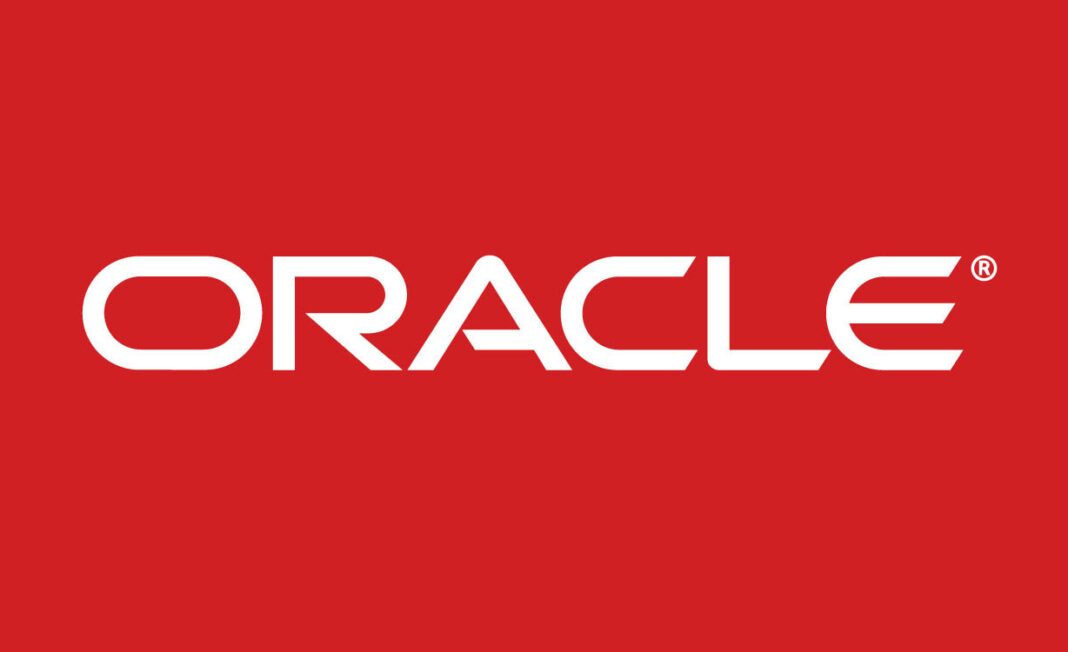Software major Oracle (ORCL) reported better-than-expected earnings in the third quarter, but its revenue came below analyst’s estimates. The company signed several large-scale cloud infrastructure deals during the third quarter and expects to sign more in the upcoming quarters. With ORCL expecting to end fiscal 2024 on a solid note, should investors consider buying the stock post-earnings? Keep reading.
Oracle Corporation (ORCL) reported its third-quarter results on March 11. The company comfortably surpassed the consensus EPS estimate, but its revenue came below Wall Street estimates. In this piece, I have discussed why it could be prudent to buy the stock now despite missing the consensus revenue estimate.
For the third quarter, ORCL’s EPS was 2.4% above the consensus estimate, but its revenue was marginally lower than the analyst estimates. The company continued its stellar earnings history, beating the consensus EPS estimate in each of the trailing four quarters. Its Remaining Performance Obligations, which indicate booked revenue, rose by 29% to $80 billion in the third quarter.
ORCL CEO Safra Catz said, “Large new cloud infrastructure contracts signed in Q3 drove Oracle’s total Remaining Performance Obligations up 29% to over $80 billion – an all-time record.” For the first time, ORCL’s revenue from the cloud surpassed its traditional software licensing revenue.
“We expect to continue receiving large contracts reserving cloud infrastructure capacity because the demand for our Gen2 AI infrastructure substantially exceeds supply – despite the fact we are opening new and expanding existing cloud datacenters very, very rapidly, he added.
The CEO also said that the company expects 43% of its current $80 billion of Remaining Performance Obligations to be recognized as revenue over the next four quarters, and its Gen2 Cloud Infrastructure business will remain in a hypergrowth phase for the foreseeable future. ORCL’s Chairman and CTO Larry Ellison said, “In Q3, Oracle finished moving the majority of Cerner customers to Oracle’s Gen2 Cloud Infrastructure.”
“In Q4, Oracle will start delivering its completely new Ambulatory Clinic Cloud Application Suite to these same customers. This new AI-driven system features an integrated voice interface called the Clinical Digital Assistant that automatically generates doctors’ notes and updates Electronic Health Records – saving precious time and improving health data accuracy,” he added.
Ellison added that the delivery of this revolutionary new healthcare technology will enable the rapid modernization of its customers’ health systems over the coming year and transform Cerner and Oracle Health into a high-growth business for years to come.
For the fiscal fourth quarter, ORCL expects non-GAAP earnings of between $1.62 and $1.66 and total revenue, including Cerner, to grow between 4% and 6%. As more capacity comes online, ORCL expects its total cloud revenue, excluding Cerner, to grow between 22% and 24%.
Analysts at William Blair upgraded their rating on ORCL to “Outperform.” They said, “The positive demand commentary and strong bookings growth undergird the structural shift at Oracle that positions the company well for a sustained acceleration in topline growth.”
ORCL’s stock has gained 21.9% over the past three months and 47.8% over the past year to close the last trading session at $125.52.
Here’s what could influence ORCL’s performance in the upcoming months:
Robust Financials
ORCL’s total revenues for the fiscal third quarter ended February 29, 2024, increased 7.1% year-over-year to $13.28 billion. Its non-GAAP operating income rose 11.7% over the prior-year quarter to $5.79 billion. The company’s non-GAAP net income increased 17.7% year-over-year to $3.98 billion. Also, its non-GAAP EPS came in at $1.41, representing an increase of 15.6% year-over-year.
Favorable Analyst Estimates
Analysts expect ORCL’s EPS and revenue for fiscal 2024 to increase 9.1% and 6.6% year-over-year to $5.59 and $53.27 billion, respectively. Its EPS and revenue for fiscal 2025 are expected to increase 11.6% and 8.6% year-over-year to $6.23 and $57.85 billion, respectively.
High Profitability
In terms of the trailing-12-month gross profit margin, ORCL’s 71.53% is 46.7% higher than the 48.76% industry average. Likewise, its 39.61% trailing-12-month EBITDA margin is 330.7% higher than the industry average of 9.20%. Furthermore, the stock’s 29.15% trailing-12-month EBIT margin is 503.4% higher than the industry average of 4.83%.
Mixed Valuation
In terms of forward non-GAAP P/E, ORCL’s 22.47x is 9.7% lower than the 24.87x industry average. Likewise, its 1.75x forward non-GAAP PEG is 11% lower than the 1.96x industry average. Additionally, its 18.42x forward EV/EBIT is 8.7% lower than the 20.18x industry average.
However, ORCL’s 7.95x forward EV/Sales is 172.2% higher than the 2.92x industry average. Also, its 6.48x forward Price/Sales is 121.1% higher than the 2.93x industry average. Additionally, its 39.36x forward Price/Book is 802.6% higher than the 4.36x industry average.
Mixed Historical Growth
ORCL’s revenue grew at a CAGR of 9.8% over the past three years. Its EBITDA grew at a CAGR of 5.7% over the past three years. In addition, its total assets grew at a CAGR of 5.1% in the same time frame.
On the other hand, ORCL’s net income contracted at a CAGR of 6% over the past three years. In addition, its EBIT contracted at a CAGR of 0.2% over the past three years. Furthermore, its EPS contracted at a CAGR of 3.3% in the same time frame.
POWR Ratings Show Promise
ORCL has an overall rating of B, equating to a Buy in our POWR Ratings system. The POWR Ratings are calculated by considering 118 different factors, each weighted to an optimal degree.
Our proprietary rating system also evaluates each stock based on eight distinct categories. ORCL has a B grade for Sentiment, which is consistent with its favorable analyst estimates. It has a B grade for Quality, which is in sync with its high profitability.
Its mixed historical growth justifies its C grade for Growth. Also, ORCL has a B grade for Stability, consistent with its 0.99 beta.
ORCL is ranked #50 out of 132 stocks in the Software – Application industry. Click here to access ORCL’s Value and Momentum ratings.
Bottom Line
ORCL expects robust business growth over the next few years and has guided for annual revenue of approximately $65 billion and an operating margin of 45% by fiscal year 2026. It also expects annual growth in EPS of more than 10%.
Despite opening new cloud data centers and the ongoing expansion of its existing ones, demand for the company’s Gen2 AI cloud infrastructure is outstripping supply. Moreover, ORCL’s partnerships with NVIDIA and Microsoft are helping to grow the usage of its cloud offerings and enable customers to migrate to its autonomous database.
CTO Ellison has said that ORCL will eventually have more data centers and cloud regions than all other hyperscalers combined.
Given its robust financials, favorable analyst estimates, and high profitability, it could be wise to buy the stock now.
How Does Oracle Corporation (ORCL) Stack Up Against Its Peers?
While ORCL has an overall grade of B, equating to a Buy rating, you may also check out these other A (Strong Buy) or B (Buy)-rated stocks within the Software – Application industry: eGain Corporation (EGAN), Karooooo Ltd. (KARO), and Docebo Inc. (DCBO). To explore more Software – Application stocks, click here.
What To Do Next?
43 year investment veteran, Steve Reitmeister, has just released his 2024 market outlook along with trading plan and top 11 picks for the year ahead.
ORCL shares rose $1.34 (+1.07%) in premarket trading Thursday. Year-to-date, ORCL has gained 19.52%, versus a 8.55% rise in the benchmark S&P 500 index during the same period.
About the Author: Dipanjan Banchur

Since he was in grade school, Dipanjan was interested in the stock market. This led to him obtaining a master’s degree in Finance and Accounting. Currently, as an investment analyst and financial journalist, Dipanjan has a strong interest in reading and analyzing emerging trends in financial markets.
The post Are There Compelling Reasons to Invest in Oracle (ORCL) Post-Earnings? appeared first on StockNews.com
